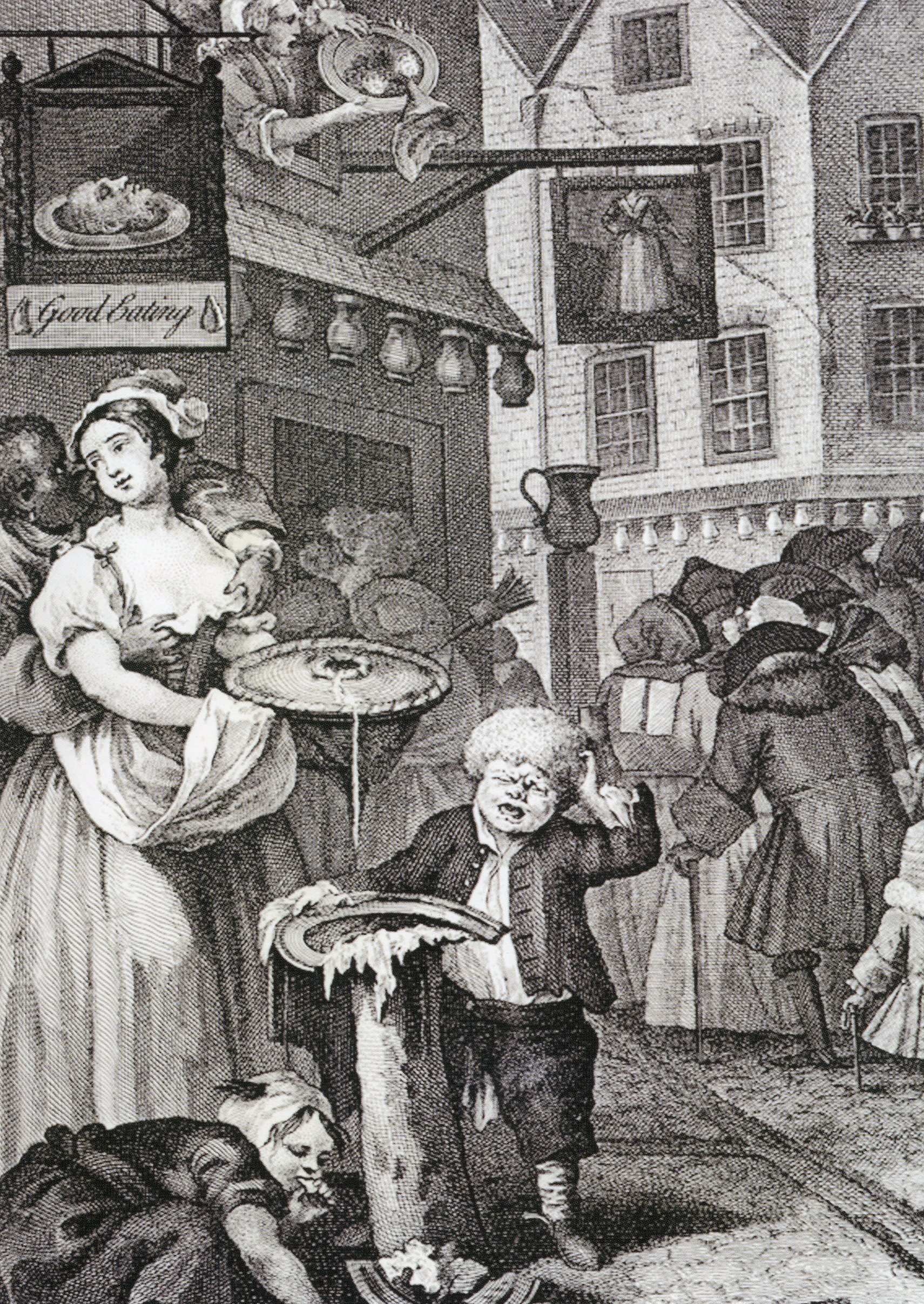Hogarth's London
- Détails
- Créé le 15 octobre 2014
- Mis à jour le 15 octobre 2014
- Écrit par Nelly Feuerhahn
- Affichages : 810
 Hogarth's London
Hogarth's London
22 oct. 2014-15 janv. 2015
Cartoon Museum
35 Little Russell St.
London
During the night of 25/26 October 1764, William Hogarth (1697-1764), one of the great chroniclers of London, died at his home in Leicester Fields. For over thirty years, in his paintings, but even more so in his engravings, he captured the highs and especially the lows of life in London. Hogarth’s acute observations of the human condition were played out on the streets where he was born, lived, worked and died; they have placed an indelible stamp on the way we imagine Georgian London. Hogarth’s striking compositions and eye for the telling detail capture the vitality and suffering of the lower orders and the pretensions of the aspiring middle classes. Pugnacious and insecure, touchy yet convivial, ambitious and public spirited, William Hogarth was a complex and contradictory individual. The son of a poverty-stricken schoolteacher imprisoned for debt, he rose to become Serjeant Painter to the King, but was never fully accepted by the London art establishment.


